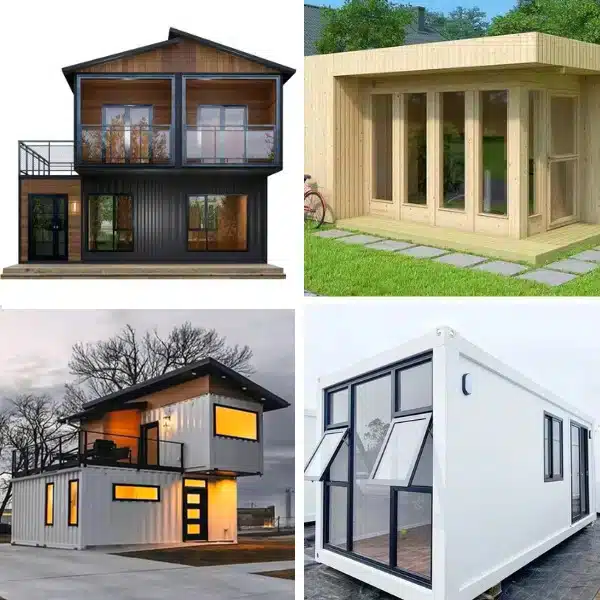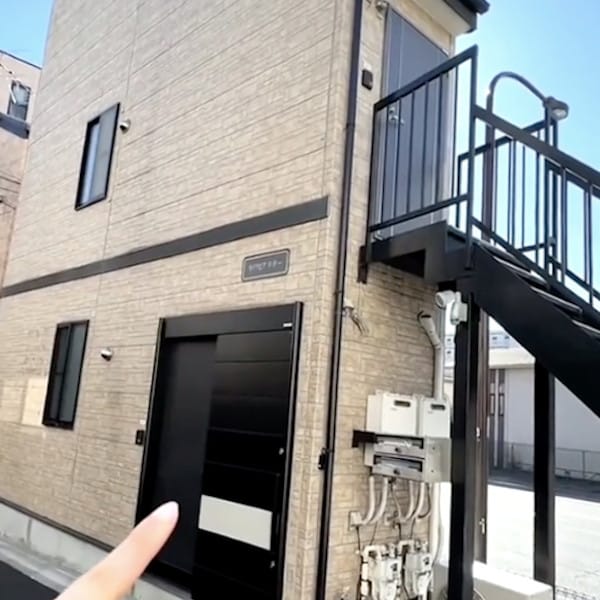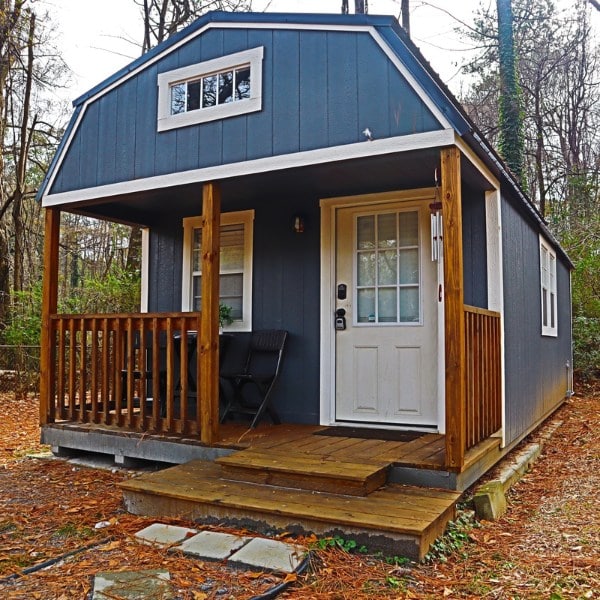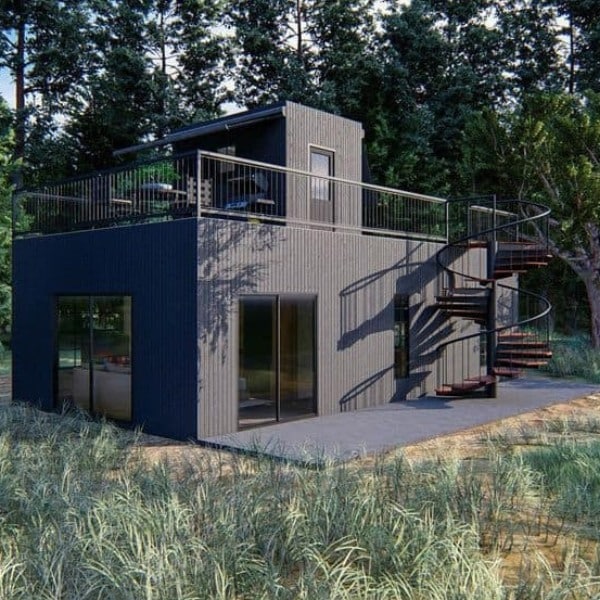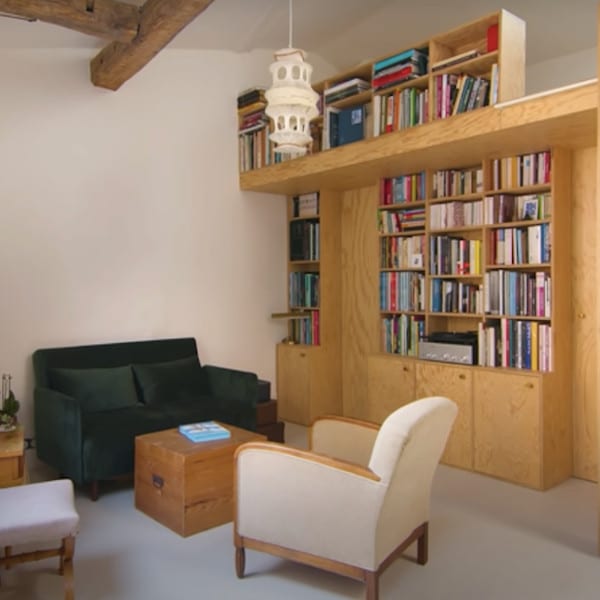 Sol Duc Cabin is a 350-square-foot geometric cabin that fits naturally into its wooded surroundings in Washington. The small retreat was constructed mainly out of unfinished steel and structural insulated panels, and it is elevated on four steel stilts to protect from occasional flooding from the nearby river. The design was just recently announced as one of the ten recipients of the American Institute of Architects' 2014 Housing Awards.
Sol Duc Cabin is a 350-square-foot geometric cabin that fits naturally into its wooded surroundings in Washington. The small retreat was constructed mainly out of unfinished steel and structural insulated panels, and it is elevated on four steel stilts to protect from occasional flooding from the nearby river. The design was just recently announced as one of the ten recipients of the American Institute of Architects' 2014 Housing Awards.
Principal designer Tom Kundig, of Olson Kundig Architects, developed the structure for a client who fly-fishes on the Olympic Peninsula. The owner wanted a “compact, low-maintenance, virtually indestructible building to house himself and his wife during fishing expeditions.” Stairs lead up from outside and into to the house, which consists of two levels. The entryway, dining area, and kitchen are located on the first level while a sleeping loft is located on the upper level. An outdoor deck also provides a view of the river.
Many of the elements of the home were constructed off-site and then assembled on location in order to avoid disrupting the natural environment and to minimize waste. The team also relied on salvaged materials that were repurposed into elements of the home including the floor of the sleeping loft. When the owner is away, the house can be completely closed up by sliding shutters closed on hardware originally designed for sliding barn doors.



















































































